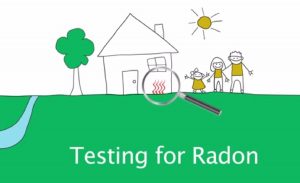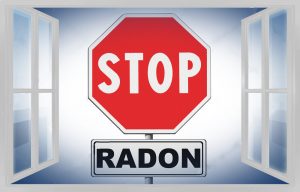Over the years, the Environmental Protection Agency (EPA) and the American Lung Association have addressed common myths about radon. Unfortunately, these misconceptions continue to circulate even today.
If you’re a homeowner and living in an area where indoor radon level is higher than the accepted standard, it’s crucial to understand the facts about radon. Here are some popular myths you should stop believing.
Myth 1: Radon isn’t a problem. It was blown out of proportion
Radon is a real problem and puts people at risk of severe health conditions. Reputable health and environmental organizations, including the Centers for Disease Control, have done their own studies on its effects.
They all agree that exposure to this dangerous gas has resulted in thousands of preventable deaths from lung cancer. These organizations recommend radon testing and mitigation when necessary.
Myth 2: There are no affordable and effective methods for reducing radon levels at home
Continuous research has resulted in better solutions for decreasing indoor radon levels. Furthermore, the cost of radon mitigation services is almost the same as your regular home repairs.
The key is to find a certified and experienced radon abatement service in your area. Before you sign any contract, don’t forget to ask about their processes and certification. When possible, inquire about their past clients. Reach out to these clients to know their experience with the company.
Myth 3: Radon testing takes time and is difficult to do
Radon testing in Annapolis and Severna Park, MD is simple — especially when you choose the right testing device. Additionally, a reliable radon technician could make it convenient for your family. Radon testing won’t have to cause a significant disturbance in your daily activities.
Myth 4: Only certain types of houses and certain states are affected by high radon exposure problem
Radon exposure could affect any type of home. It doesn’t matter if your property is old, new, perfectly insulated, or without a basement. Moreover, radon exposure problems aren’t limited to certain states.
Any state could have a high radon level, albeit the situation varies from one area to another. To guarantee that your home doesn’t have any radon issue is to schedule for radon testing.
Myth 5: You could depend on your neighbor’s test results to assess radon levels in your home
You may live in the same area, but it doesn’t mean you have the same radon levels. Several factors could affect your indoor radon levels. Some of these factors are home insulation, type of foundation used, presence of cracks, and faulty sealing or caulking.
Radon exposure is a serious health risk. Make sure your family is safe. Get in touch with Atlantic Radon to learn more about this dangerous gas and have your home tested. Fill out our contact form for more information.




